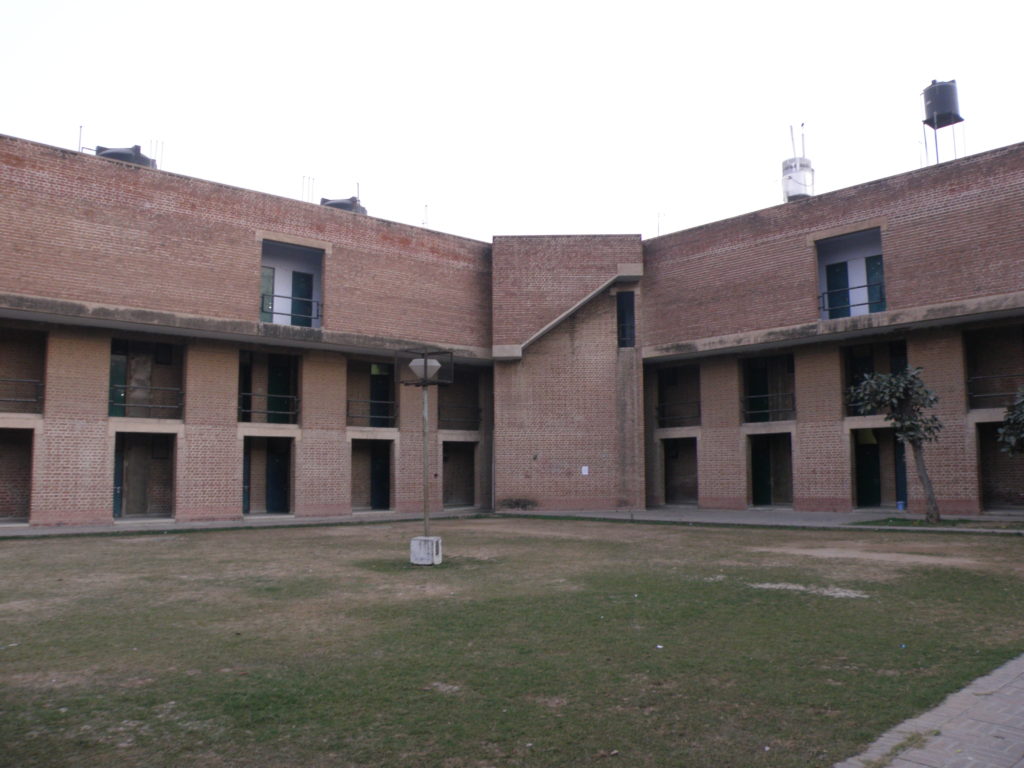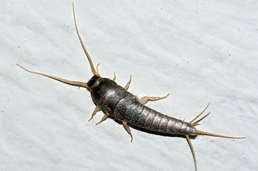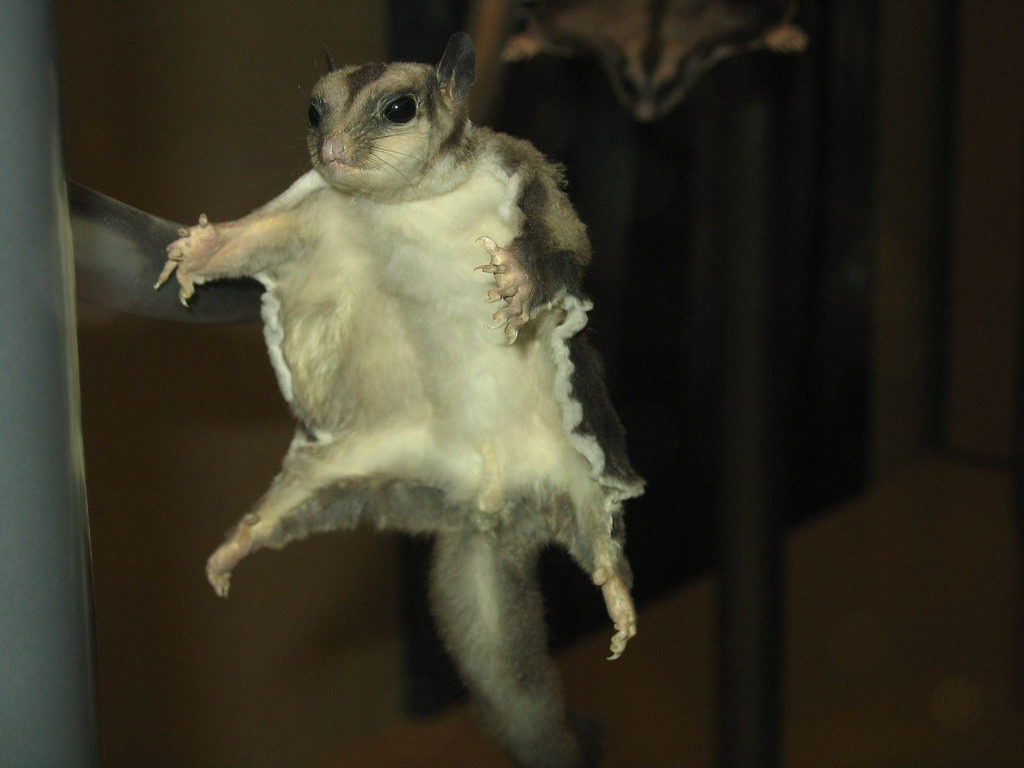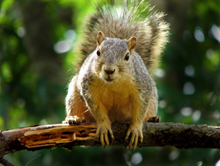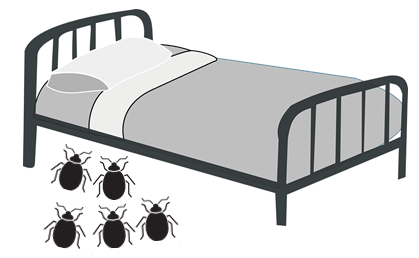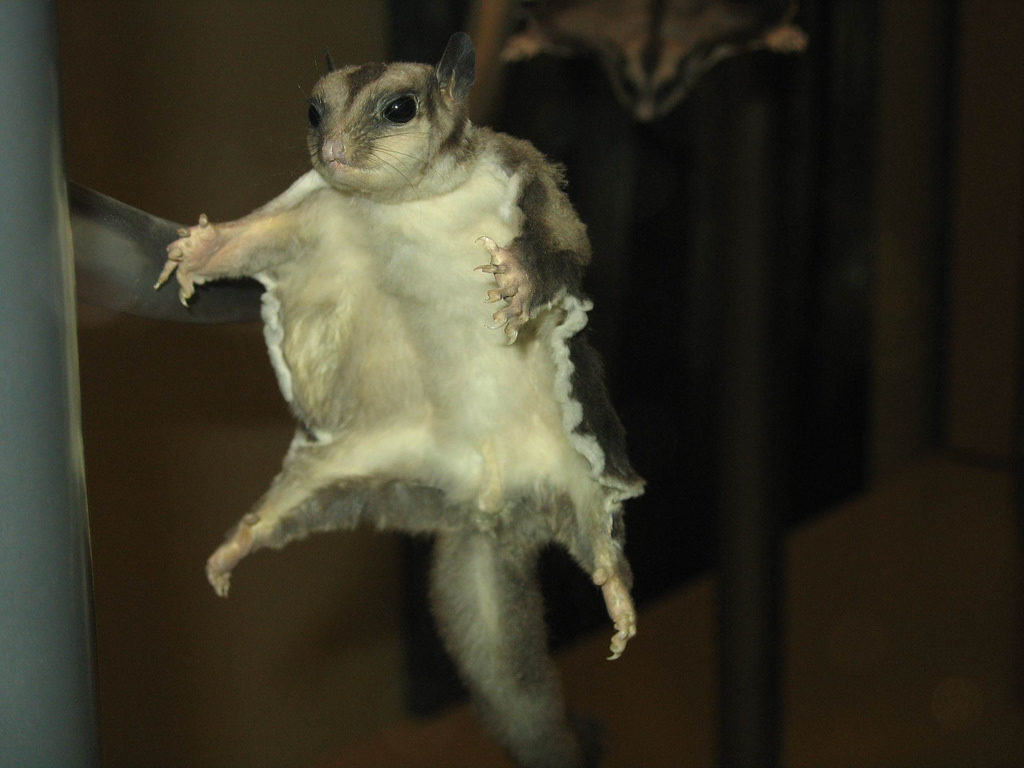
People visit hotels to relax and rejuvenate. Hotel rooms have everything you need for a pleasant stay. However, the tiny notorious species commonly found in hotels and restaurants are enough to ruin your vacation leaving you with nothing but exasperation.
The species explore each and every room; mostly kitchens; and are responsible for damages. Yes, I am talking about the rodents like rats and mice.
People visit hotels to relax and rejuvenate. Hotel rooms have everything you need for a pleasant stay. However, the tiny notorious species commonly found in hotels and restaurants are enough to ruin your vacation leaving you with nothing but exasperation. The species explore each and every room; mostly kitchens; and are responsible for damages. Yes, I am talking about the rodents like rats and mice.
An encounter with a pest in a hotel can ruin a guest’s stay and result in negative comments spreading a bad reputation for the hotel, seriously affecting business. An infestation of pests can also result in authorities taking legal action to ensure public safety, especially if the kitchens, restaurants, and bars are affected.
Nearly 40% of the mammals species are Rodents. Rodents are characterized by two pairs of continuously growing incisors in the upper and lower jaws which need to be kept short by gnawing. Rats and mice are attracted by food supplies and do not venture far from their shelter or nesting sites. Rats and mice are capable of a rapid increase in population given an abundant food supply; due to the number of litters they are capable of producing and the time to maturity. They also are in constant search of places that would provide shelter from predators. They need dark and warm places to hide. This is the reason why they invade our hotels and restaurants.
Rodent presence in hotels can be indicated through the signs they leave. Droppings of various shapes and sizes; smudge marks along runs caused by their oily fur; small entry spots; gnawing on clothes, building materials, etc. are the signs which indicate rodent presence in hotels.
Rodents are the carriers for many diseases, including Salmonellosis, Leptospirosis, Toxoplasmosis, Lyme disease, rat-bite fever. They can transport bacteria, such as salmonella, on their bodies and contaminate food sources and kitchen surfaces.
Rodents usually enter the hotels through poorly sealed heating and cooling air conditioning ducts, laundry area, drainage pipe holes, etc. The spacious area like hotels is available for them to accommodate and requires great efforts to completely eradicate them.
Hotels have to suffer great economic losses due to rodent menace. Rodent sighting in hotels can badly affect the hotel’s name and reputation. Therefore hotels must pay special attention to maintaining hygiene and also eradicating the rodent infestation.
Rodent Caught On Camera At Disneyland
CBS Los Angeles │May 22, 2018
ANAHEIM (CBSLA) — Critter concerns at the Happiest Place on Earth. A visitor caught a rodent on camera scurrying across the floor of one of the Disneyland resort’s hotels.
As CBSLA’s Stacey Butler reports, Disneyland tonight is taking some serious action.
The cell phone video was taken by a guest Monday night inside the lobby of the Hearthstone Lounge at Disney’s Grand Californian Hotel & Spa.
“I think it’s pretty bad to get to that state that they have rodents running around in the main foyer,” said guest Raelynn Flatters.
Guests pouring out of Disneyland Tuesday night were shocked that rodents appeared to run around the popular lounge.
“That’s disgusting,” said a visitor. “And I bet they weren’t named Mickey either.”
The Hearthstone Lounge normally serves drinks and food all day and night but for now it’s shut down.
Lincoln man said he found rodent nest in hotel bed
By Carly Jensen | 1011now.com │January 23, 2018
A Lincoln man said he found a rat’s nest in his bed while staying at a hotel.

Russell Fletcher said he was driving back to Lincoln from DJaying a show in another town when he decided to stop at the Syracuse Inn and Suites.
But later that night, he said he awaken by something in the bed with him.
“I feel something started about my back neck area,” Fletcher said. “And then by the time I fully woke up, I could feel it moving around.“
Russell said it was a mouse.
He said he kicked the bedding off the bed and found a nest and rodent droppings in one of the bed’s corners. He said he also found dried up insect parts on the other bed’s frame.
Hotels do need effective and durable repellents. Hence a permanent solution is available with C Tech Corporation in the form of a product called Combirepel™. Combirepel™ is an extremely low at toxicity, non-carcinogenic and non-mutagenic compound, low hazard, non-dangerous and environmentally safe rodent repellent.
Our product is available in the form of a masterbatch, which can be directly incorporated in the application while manufacturing and in the form of lacquer, paint additives, wood polish additives that can be directly applied as a top coat on the surface of application. Combirepel™ does not kill but only keeps the rodents away by making use of the sensory mechanisms.
Liquid concentrate can be mixed in paints in a pre-determined ratio and be applied to the interior and exterior of hotels, ceilings, storage rooms, kitchens, guestrooms, washrooms, etc. to repel rodents from the area required.
Our product in the form of lacquer can be directly applied to the already installed application such as furniture, attics, wooden fences, sewage pipes, wires, cables, etc. The lacquer is compatible with most of the surfaces like metal, wood, concrete, polymer, ceramic etc.
Wood polish additive can be mixed with the wood polish and applied on the wooden articles and furniture from the hotels.
Masterbatch can be incorporated into polymeric applications like water pipes, wires, cables, polymeric equipment from hotels, etc. This would result in the final application being rodent repellent.
Our newly developed product is in the form of spray. The CombirepelTM pest repellent spray can be used by anyone and easy to use.
The product functions from a distance due to the peculiar smell which generates a typical fear response in rodents. Rodents are further restricted from biting the applications treated with our products due to advanced mechanisms like sensory stimuli modification etc.
Further, they acquire a fear towards the Combirepel™ containing products which make them stay away from the application. Thus, Combirepel™ actually helps in modifying rodent behavior. Rodents being social animals also communicate the bad experience to their population in the vicinity. Thus using Combirepel™ can give a
Combirepel™ is a product resulting from smart technology and green chemistry. Hence doesn’t harm any target or non-target species in any way, just keeps rodents away. We are committed to our environment & we believe that no harm must be caused to animals or to the environment.
You can thus contribute to the environment by using our products.
Contact us at technical.marketing@ctechcorporation.com if you’re facing problems with rodents and get best remedies to combat the pest menace.
Also, visit our websites:
1] http://www.ctechcorporation.com/
2] http://www.rodrepel.com/
3] http://www.termirepel.com/
4] http://www.combirepel.com/
Follow our Facebook pages at:
1] https://www.facebook.com/Combirepel-411710912249274/
2] https://www.facebook.com/Termirepel-104225413091251/
3] https://www.facebook.com/Rodrepel-120734974768048/
Follow us on our Twitter pages at:
1] https://twitter.com/rodrepel
2] https://twitter.com/termirepel
3] https://twitter.com/combirepel





